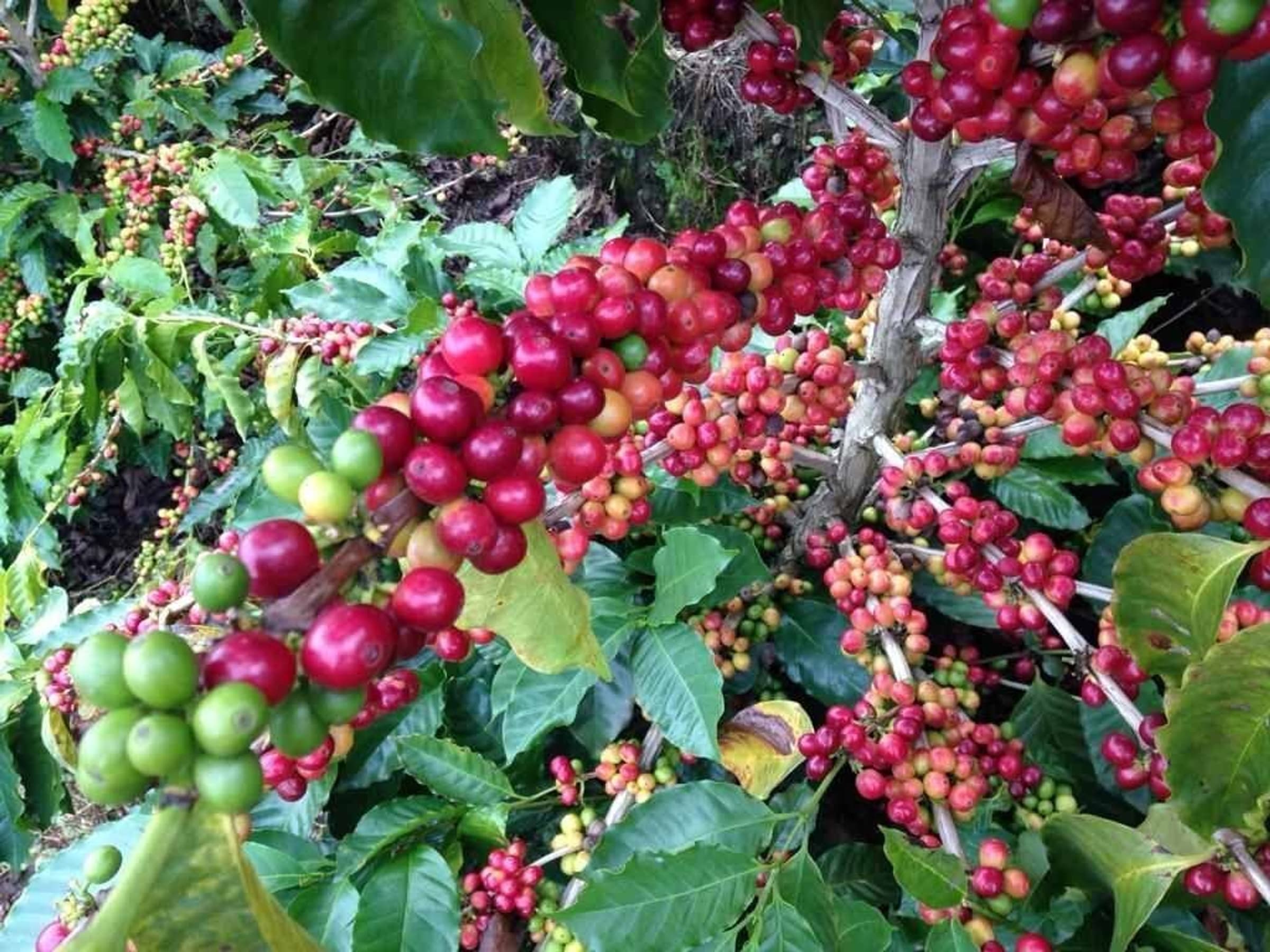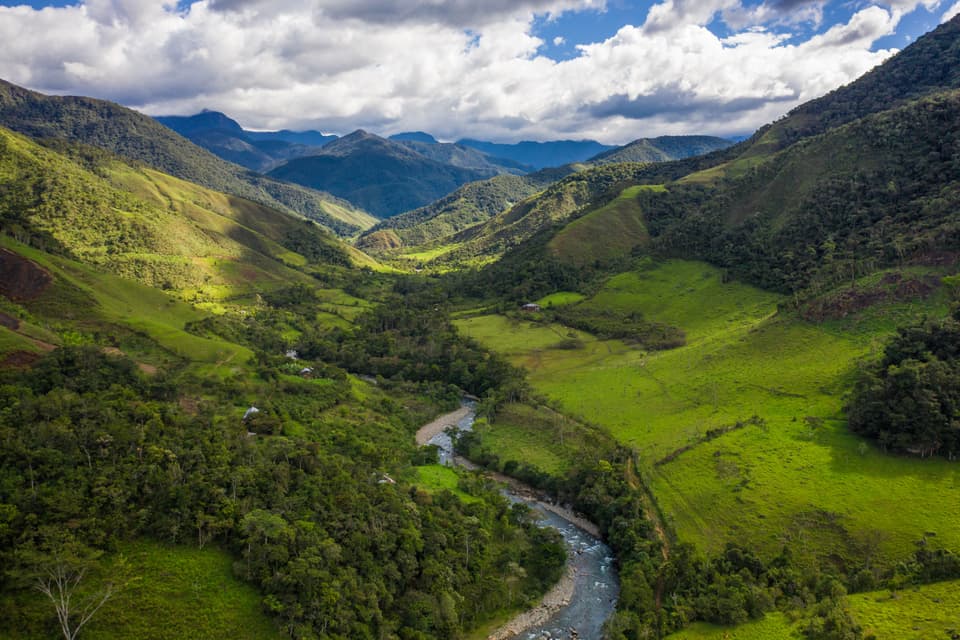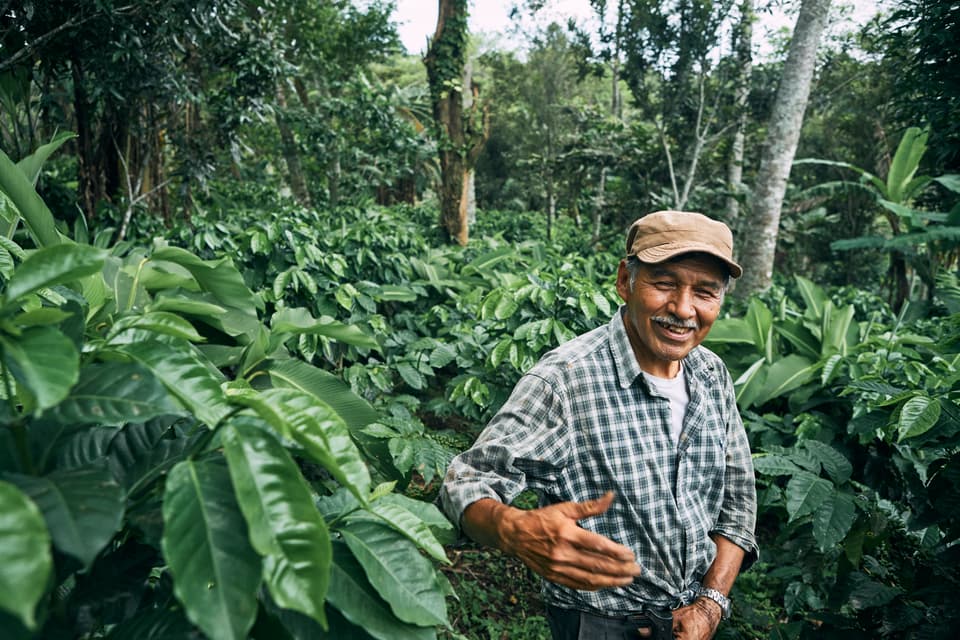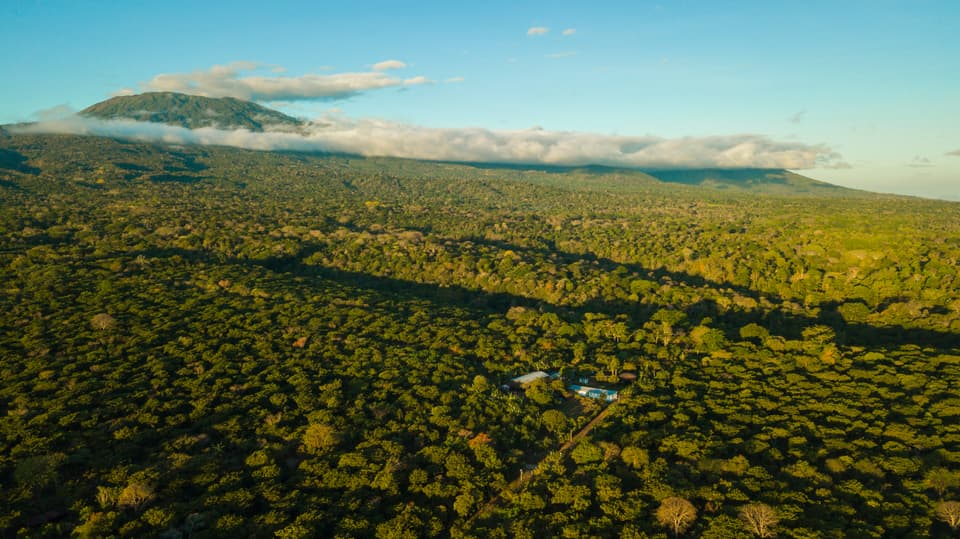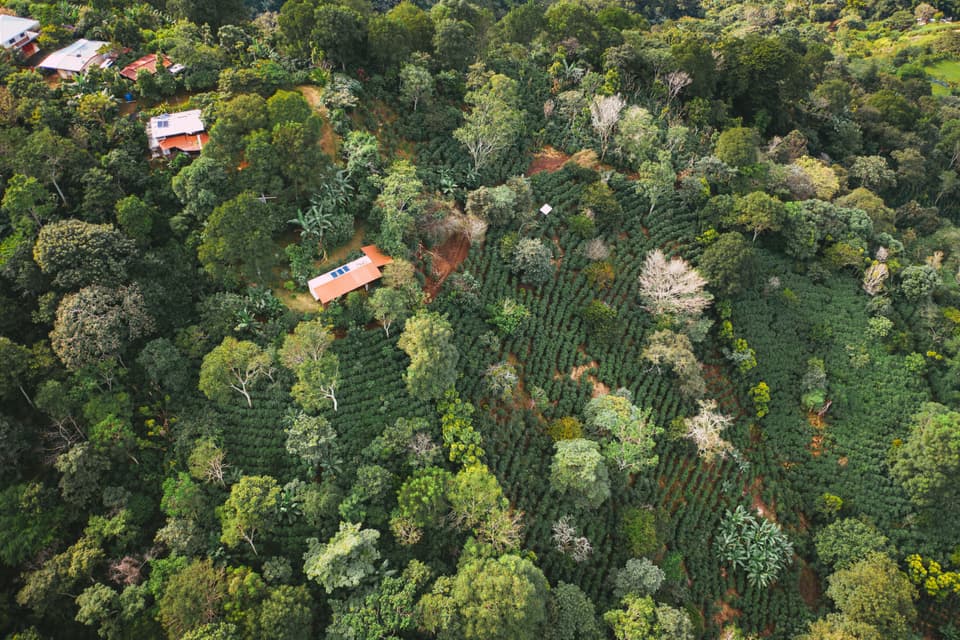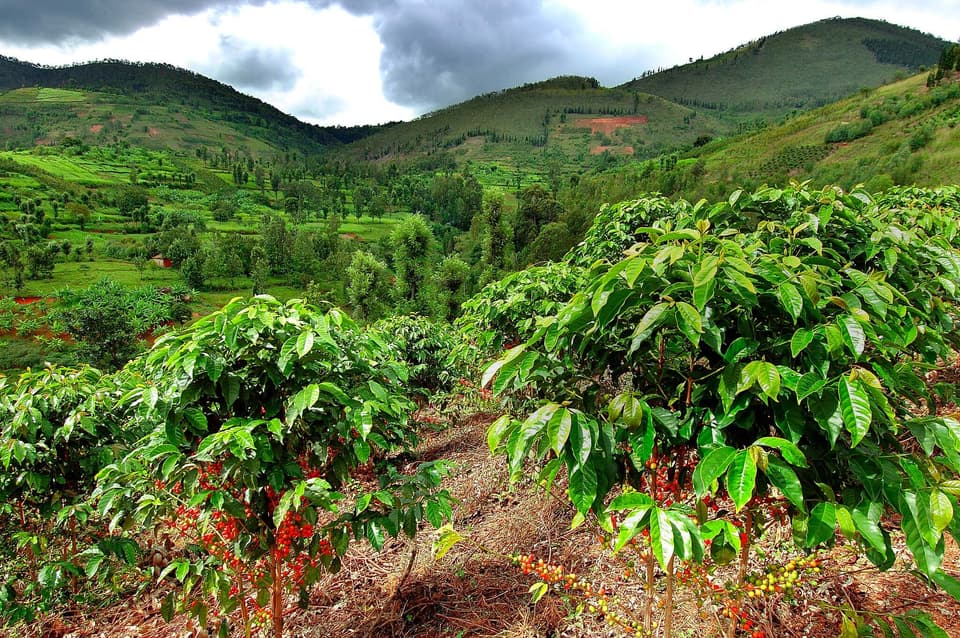Next-Generation F1 Hybrid Varieties
The problem
New coffee varieties are needed, and needed quickly, to meet the challenges of the 21st century—changing weather patterns, increased temperatures, and new disease and insect prevalence. The land available to grow Arabica coffee is also expected to dramatically shrink in coming years, meaning coffee trees must become more productive to meet increasing demand. A new class of coffee varieties, called F1 hybrids, is being explored by WCR and others to address these pressing challenges.
The solution
F1 hybrid varieties are still relatively new to coffee farmers and industry, but the future of coffee is likely to include them in some countries. One of the key distinguishing features of F1 hybrids is their "hybrid vigor," which can translate into everything from higher yields to wider climate adaptability to resilience in the face of stresses like disease (e.g., coffee rust), frost, or drought. Another is the reduced time from breeding to commercial release compared with traditional pure line varieties (10-20 years vs. 25-30 for pure line varieties).
In some countries in Central America, a few F1 hybrid varieties are already commercially available to farmers (the first were released in 2010). Given the urgent need for climate-resilient varieties, WCR made initial investments to develop a new wave of F1 hybrid crosses in 2015. Plants from the first wave of 43 crosses were transferred to the field in 2017, where they were observed for performance over 6 years. The plants were carefully monitored through multiple harvests and compared with data from the same plants located in different environments to evaluate whether performance was high and consistent. In 2022, promising candidates were narrowed to four finalists to advance to pre-commercial testing, which will take place from 2024-2031. Trial partners were selected through a competitive bidding process open to WCR member companies and their sourcing partners.
- 43: Number of hybrid crosses made in 2015
- 3: Number of countries where new hybrids were tested in the field (El Salvador, Costa Rica, Rwanda)
- 4: Number of promising hybrids selected for pre-commercial testing in 2024-2031
- 28%: average increase in yield of the four finalists over commercially available "checks"
- >84: Average SCA cup quality score of three of the finalists

World Coffee Research’s F1 hybrids transition to pre-commercial trials
Hybrids are not risk-free
- While hybrids have shown improved performance over traditional varieties, they are not a silver bullet for coffee farmers. Hybrids require different management, increased nutrition, and careful education to yield benefits to farmers.
- Can be very risky for farmers used to saving seed (the majority of farmers worldwide) because seed of F1s will not “be true” (e.g., will not perform the same way as the mother plant. Since the consequences of planting F1 seed may not be realized until 3 years after planting, the opportunity cost of losing production for six years can be economically catastrophic. The commercial release of F1 hybrids should always be accompanied by farmer education and communication plans.
Learn more about F1 hybrids
F1 hybrid varieties are created by crossing genetically distinct parents (for example, a wild Ethiopian variety x Caturra). The offspring of the cross are first-generation (F1) hybrids. F1 hybrids are notable because they tend to have significantly higher production than non-hybrids, while maintaining high cup quality and disease resistance.
F1 hybrids are notable because they tend to have significantly higher production than non-hybrids. Early trials of coffee F1 hybrids showed 22-47% higher yields, without losses in cup quality or disease resistance. Recent results show they maybe also be more robust in other ways, such as tolerant to frosts. But that doesn't necessarily mean they will outperform a very good, locally adapted pure line variety in all places. And farmers have unique needs and goals; F1 hybrids are promising but are not a silver bullet.
An F1 hybrid contains a complete mix of the genetics of both parents. This higher genetic potential means it is more likely to be adaptable across a wide range of environments. F1 hybrids are known to have a higher level of adaptability and performance due to “hybrid vigor”—they produce more cherry than either of the parents would and are more tolerant of diseases and pests than each parent would be alone. F1s eliminate many of the tradeoffs of the past—for example, coffee leaf rust resistance versus quality. F1s can be immune to rust and still score over 90 points in cupping evaluations.
There are only a handful of F1 hybrid coffee varieties in the world, all developed by breeders in the last 20 years, and only recently commercially available to farmers. Commercial availability is currently limited to a few countries in Latin America (varieties include Centroamericano, Mundo maya, Starmaya, Milenio, Evaluna), as well as Kenya (Ruiru 11). For details on the above varieties, see: the Arabica Varieties Catalog.
It's important to note that F1 hybrids are more expensive and harder to mass produce—typically they need to be purchased from experienced nurseries via clonal propagation.
No. F1 hybrids in coffee are created using classic methods of plant breeding (collecting and transferring pollen manually from one flower to another, using a paintbrush). Modern genetics capabilities are used to speed up the process of selecting which plants are likely to be successful as parents.
There is no legal restriction on saving F1 seed, but it is extremely risky to do so. Seeds taken from F1 hybrid plants will not have the same characteristics as the parent plants. The child plant will not look or behave the same as the high-performing F1 parent. When a farmer saves and uses the seed of a good F1 plant on her farm (= the F2, or second generation originating from the initial cross), all the various combinations of the dominant and recessive traits from the two parent plants will be expressed in the F2 generation. The resulting plants will be extremely diverse—some taller, some shorter, some strong, some weak (this is called "segregation"). But very few will look and behave like the really amazing F1 she selected the seed from. The variation in performance of F2 plants can be economically devastating for farmers. It is therefore important for farmers to know that F1 hybrids should only be clonally propagated and purchased from trusted nurseries.
The choice about costs versus benefits belongs to the farmer. But F1 hybrids do offer economic benefits—typically F1 hybrid plants will have its first harvest two years after planting instead of 3-4 (an entire year of income generation added), plus increased yield of up to 50% every year that the plant is in production. The farmer will likely face fewer losses due to disease, and will maintain the ability for high cup-quality scores if they are in a suitable environment to produce it. But F1 hybrids also require additional maintenance costs, such as increased fertilizer application.
Articles on F1 hybrids:
- The accident that led to the discovery of climate-change-proof coffee, MIT Technology Review
- WCR's F1 time trials, Global Coffee Report
- F1 Hybrid Variety Scores 90 Points in Cup of Excellence, Barista Magazine
- F1 hybrids, Fresh Cup Coffee Encyclopedia
